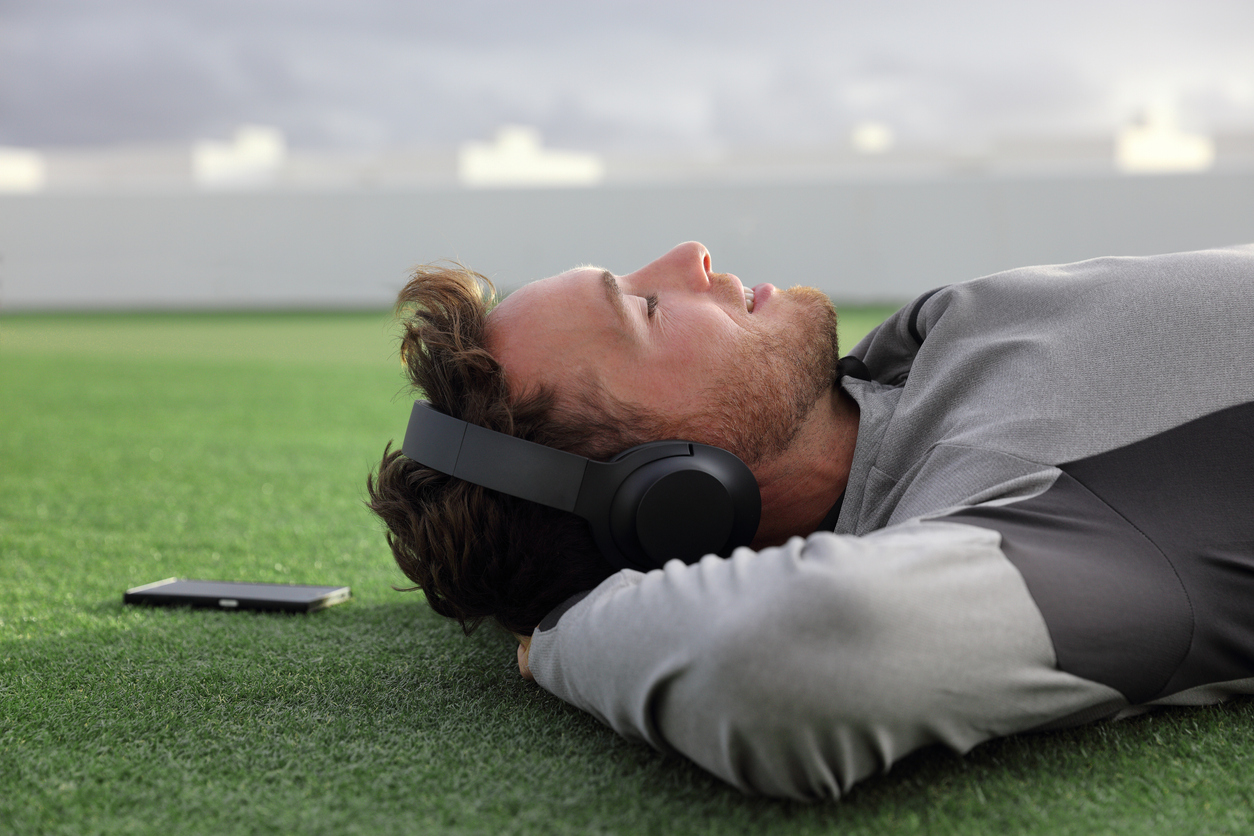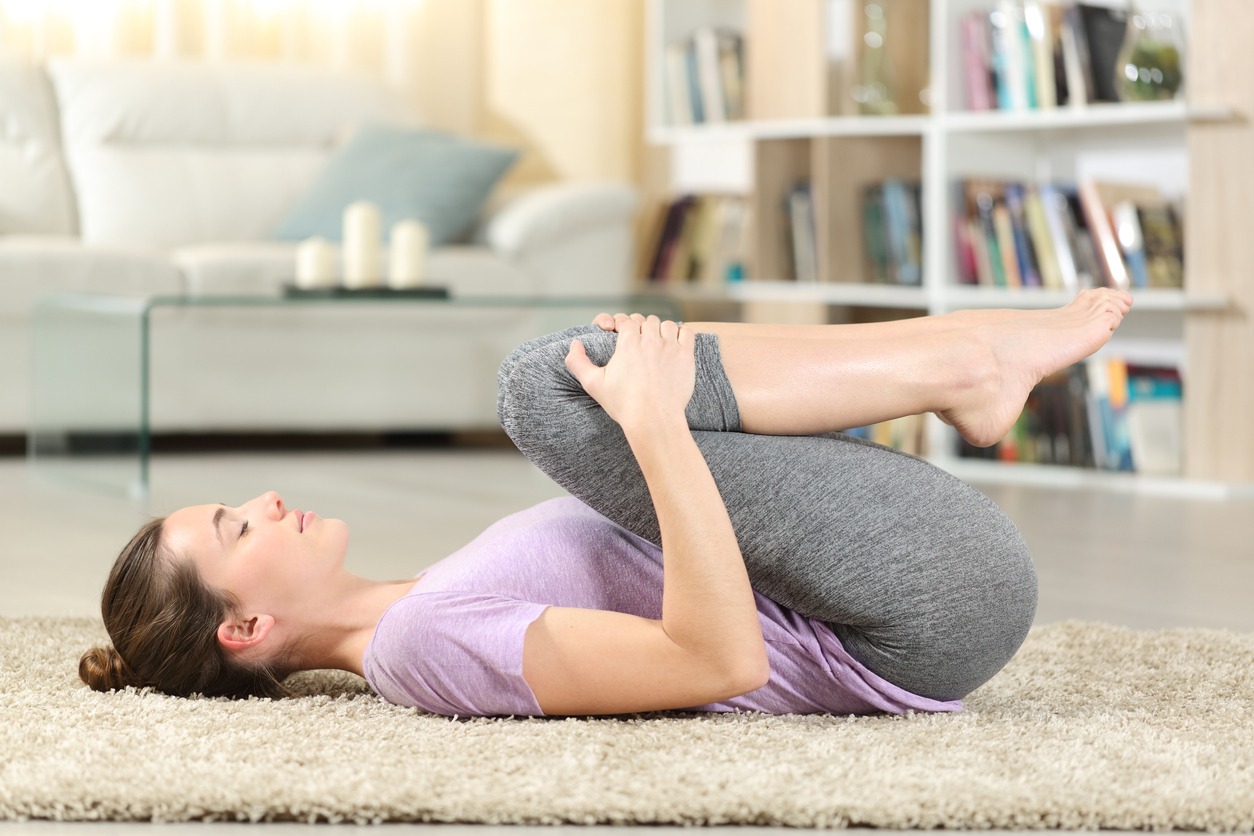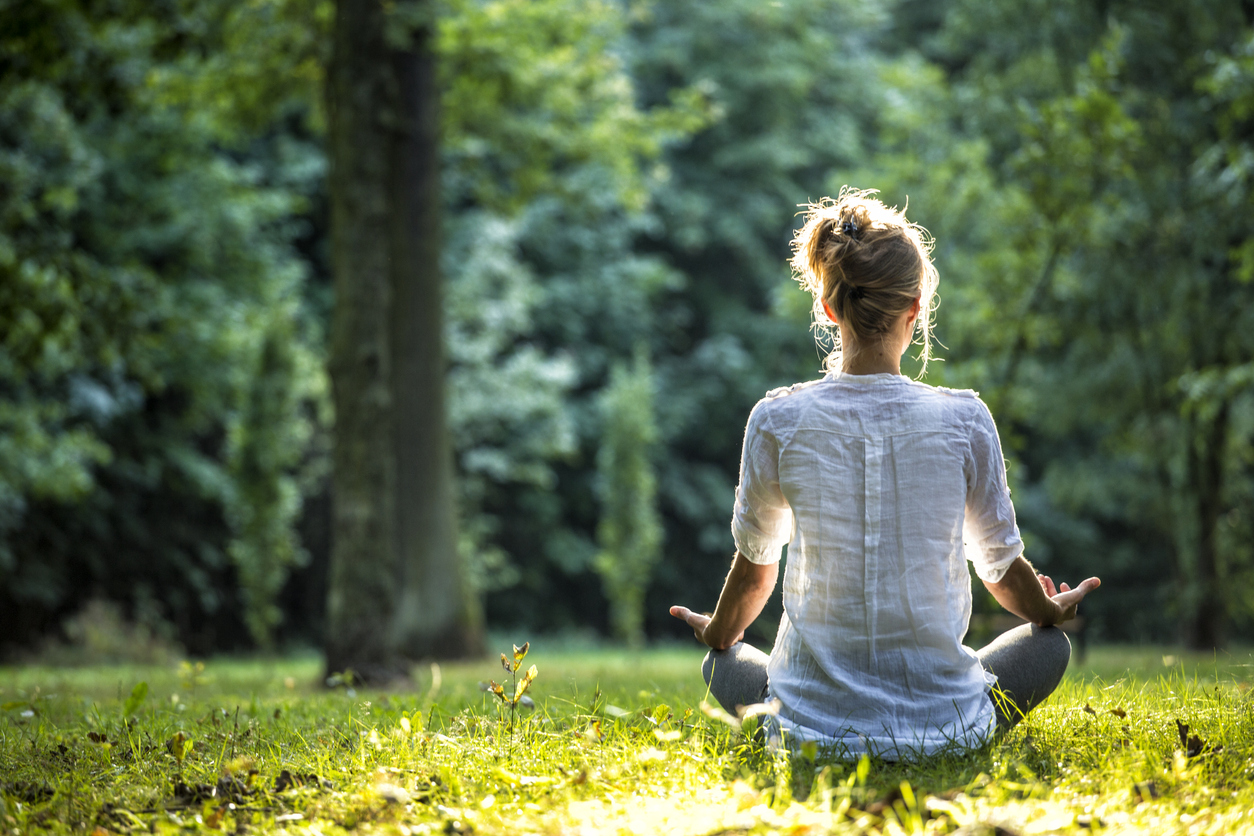Meditation—which involves the body and the mind as a single entity—is a mental and physical course of action that a person uses to separate themselves from their thoughts and feelings in order to become fully aware. The purpose of meditation is to stop the mind rushing about in an aimless (or even a purposeful) stream of thoughts. Meditation has proven to be an effective tool that can help to improve your quality of life – reducing stress, improving attention, enhancing self-awareness and more. Not only does a regular meditation practice help you become healthier, happier, and more self-aware as an individual, it is also beneficial in terms of productivity, relationships and ability to connect and support other people. Although it may not always be easy to turn your awareness away from the world of activity that usually preoccupies you to the inner experience of thoughts, feelings and perceptions, successful meditation means simply being – not judging, not thinking, just being aware, at peace and living each moment as it unfolds.
There are a number of methods of meditating, which have been shown to work. Some require you to sit still while others seek to set you in motion. Some focus on living in the moment while others aim to self-provoke sensations through visualisation.
Below is a list of inspiring meditation techniques you can choose from to start enjoying the many emotional and physical benefits that come with a regular meditation practice.

Methods of Meditation
Counting backwards meditation
The ‘counting backwards’ method is an amazing meditation for beginners. It is a smooth and easy way to glide into meditation practice, and a wonderful way to increase focus, assuage the nerves, and hush the mind. Sit comfortably on the floor or a chair—though you may also lie on your back—, take a deep breath in; exhale; silently count the breath down from 50 to 1, exhaling on the even numbers and inhaling on the odd numbers. When you reach ‘one‘ the counting part ends.
The mindfulness of breathing
The most common and basic object of concentrative meditation is to focus on the naturally calming physical process of the breath. In the mindfulness of breathing, one settles the mind through attending to the sensations of breathing. Follow the breath as it enters and leaves the body, whilst paying attention to thoughts and feelings and observing them without passing judgment.
A mindful pause to change your day
On those days when you cannot afford to take much time out of your schedule to practice meditation, Dr. Ryan M. Niemiec proposes a simple practice that can be done at any time: The Mindful Pause, which brings you into the moment and puts the onus on you to bring forth your best strengths. This two-step practice is about pausing and feeling your in-breath and out-breath for 10-15 seconds and concluding with a question: Which of my character strengths will I bring forward right now? This easy and effective strategy can help you build happiness and resilience and boost your relationships.
Exploring your body
Sitting cross-legged with the left foot on top of the right thigh and the right foot on top of the left thigh (known as ‘the lotus position’), close your eyes and allow your mind to settle—do not try to blank your mind as it is almost impossible, especially if you have had years and years of a busy chattering mind. Now slowly have your mind explore the different muscle groups, whilst attending to the sensations they experience.

Movement meditation
Meditation does not have to involve keeping still; walking meditation is a popular Zen way of doing it. Movement meditation is good for people who grow restless while sitting still but find peace in action and prefer to let their minds wander. This practice may include walking through the woods, gardening, and other gentle forms of motion. If walking meditation is your thing, try to focus your attention on one or more sensations that you would normally take for granted, such as your breath coming in and out of your body; the movement of your feet and legs, or their contact with the ground; your head balanced on your neck and shoulders; sounds nearby or those caused by the movement of your body; or whatever your eyes take in as they focus on the world in front of you.
Observation meditation
Sitting in a relaxed position, first keep your eyes closed for a short period of time, focusing on your breath, and then open them and observe your surroundings. Next, close your eyes again and analyse everything you have previously observed (the painting above the telly, the bird you saw through the window, etc.), make a mental list and wait a few seconds, or even minutes. Then repeat the process and compare the two lists to appreciate any subtle differences. The beauty of it is that when you focus your attention on an object it gradually becomes calmer and more concentrated.
Candle gazing
Candle meditation, which involves resting your gaze on the gentle flicker of the flame, is a wonderfully peaceful and soulful way to meditate. Candle gazing has been found to help boost your ability to concentrate, whilst simultaneously reducing feelings of stress and anxiety. Candle meditation is best performed when it is dark or in a room with the curtains closed and all artificial lights turned off. Before you start, make sure you are sitting comfortably with a straight spine and you are warm enough. Then gently rest your gaze on the candle. You might notice you blink a little more or your eyes water, this is normal and they will adjust. The aim of candle meditation is to focus your attention on the gentle flicker of the flame and ensure that you are breathing slow and deep down into your belly.




